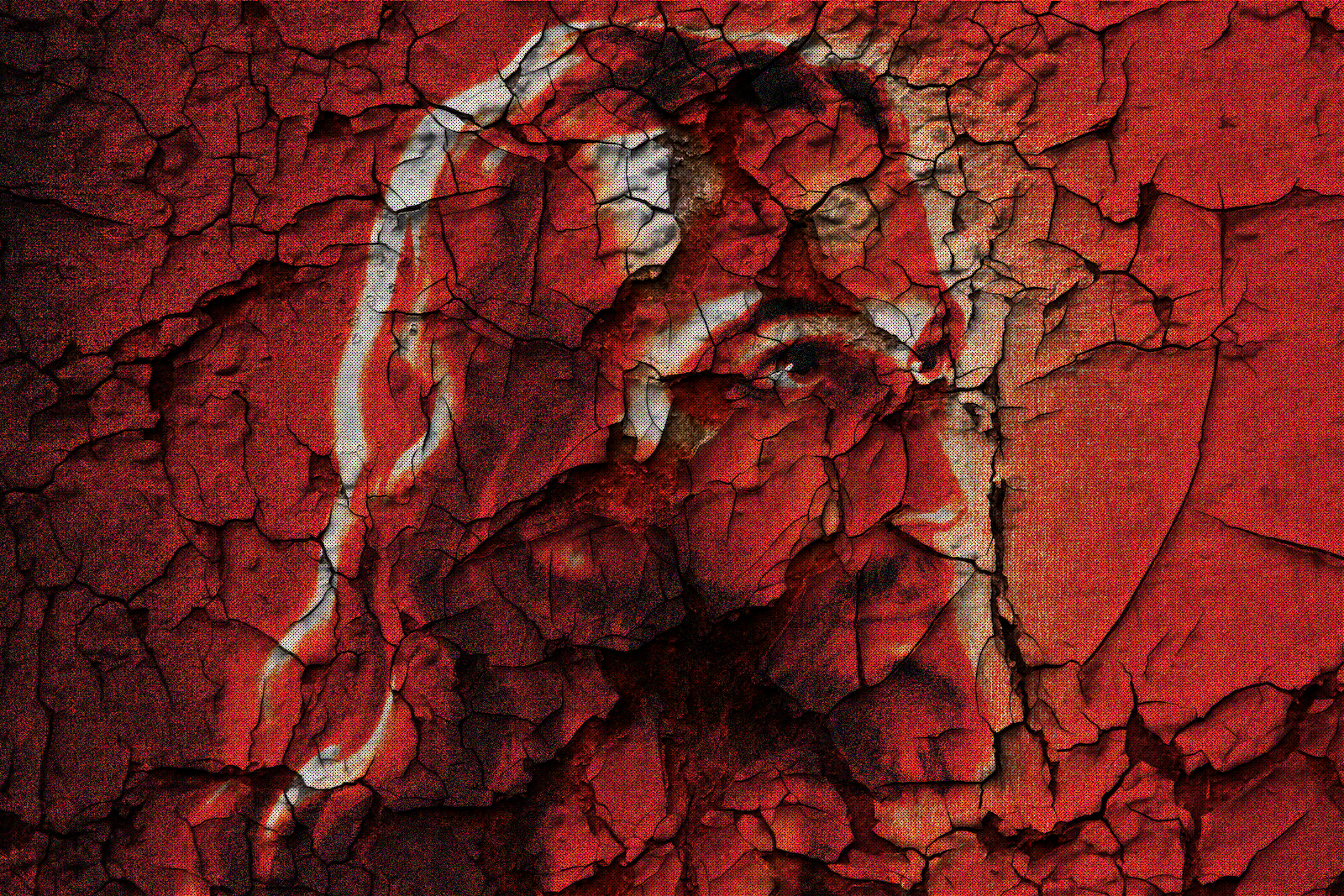
Culture
Stop Casting White Guys to Play Jesus
It has been announced that acclaimed Hollywood film director Martin Scorsese, following a meeting with Pope Francis last month, intends to produce a movie about Jesus. There are also plans to release a sequel to Mel Gibson’s 2004 blockbuster, The Passion of the Christ, with filming expected to commence in Italy during late spring or early summer of 2023. With these two Jesus-centric movies in the works, it is time for Hollywood to consider casting an Arab actor in the role of Jesus.
Martin Scorsese has a remarkable opportunity to learn from the mistakes of directors like Mel Gibson and create a biblically accurate movie that represents the racial background of Jesus. Unfortunately, Hollywood seems more concerned with profit and box office success than historical authenticity.
Back in 2014, when Ridley Scott released Exodus: Gods and Kings, a biblical epic with whitewashed casting choices, he justified his decision by stating, “I can’t mount a film of this budget, where I must rely on tax rebates in Spain and say that my lead actor is Mohammed so-and-so from such-and-such. It’s just not going to get financed.” Most actors who have portrayed Jesus on-screen have been white, including QAnon devotee Jim Caviezel, the star of Gibson’s The Passion of the Christ.
However, the notion that white lead actors guarantee higher box office returns has been debunked. Numerous films featuring African American lead actors, such as Black Panther, Coming to America, Bad Boys II, and Straight Outta Compton exceeded box office predictions when they were released.
For the past 600 years, the depiction of a white European Jesus has been exploited to justify white supremacy, the oppression of Indigenous peoples, the Atlantic slave trade, and European colonization. The murder of George Floyd in 2020 and the subsequent calls to remove Confederate monuments prompted writer and activist Shaun King to advocate for the removal of depictions of a “white Jesus.” Scholars and even the Archbishop of Canterbury have urged Christians to reconsider the portrayal of Jesus as a white man.
The concept of a white Jesus emerged during the early centuries of Christianity. These portrayals aimed less at capturing his physical appearance and more at emphasizing his role as a savior. Often depicted as the good shepherd, Jesus was represented as a clean-shaven, curly-haired young man, drawing influences from Greek mythology. As artists had no knowledge of what a Jew from Galilee actually looked like during the first few centuries of Christianity, subsequent images of Jesus, particularly from the Renaissance onward, were essentially self-portraits. Artists painted Jesus in their own likeness to identify with him and express their own creative power.
While various cultures worldwide, including Ethiopians, Indians, and Chinese, have depicted Jesus and his Twelve Apostles in their own cultural image, the exportation of the white European Jesus was a consequence of European trade and colonization.
The most widely recognized image of a white European Jesus emerged in the 20th century, known as “The Head of Christ” by Warner Sallman. Sallman portrayed Jesus as a white, blue-eyed, and blond-haired figure. Through Sallman’s partnerships with Christian publishing companies (one Catholic and one Protestant), the image was reproduced over a billion times and featured on stained glass, prayer cards, oil paintings, and night lights. Sallman’s painting symbolized centuries of Europeans creating Jesus in their own likeness.
It is worth noting that Martin Scorsese’s upcoming Jesus movie is not his first foray into this subject. In 1988, he released The Last Temptation of Christ starring Willem Dafoe. The film depicted Jesus as more human than divine, exploring the various temptations he faced in the desert and on the cross. This portrayal sparked outrage and controversy among Christians, particularly Catholics and evangelicals. Some even issued death threats against Scorsese and others involved in the film. The novel on which the movie was based ended up on multiple banned book lists due to its portrayal of Jesus. The story also presented Judas Iscariot as Jesus’s manager and suggested that Judas was fulfilling his duty by betraying Jesus.
Martin Scorsese now has a unique opportunity to learn from past mistakes and create a faithful Jesus film, featuring an Arab actor in the lead role and a racially diverse cast that accurately represents the ancient Middle East. At a time when Arab actors are often typecast as terrorists, it is imperative to cast an Arab actor as Jesus and produce a biblically accurate movie. Will Scorsese heed these lessons or repeat the missteps of Scott, Gibson, or even himself? Only time will tell.
